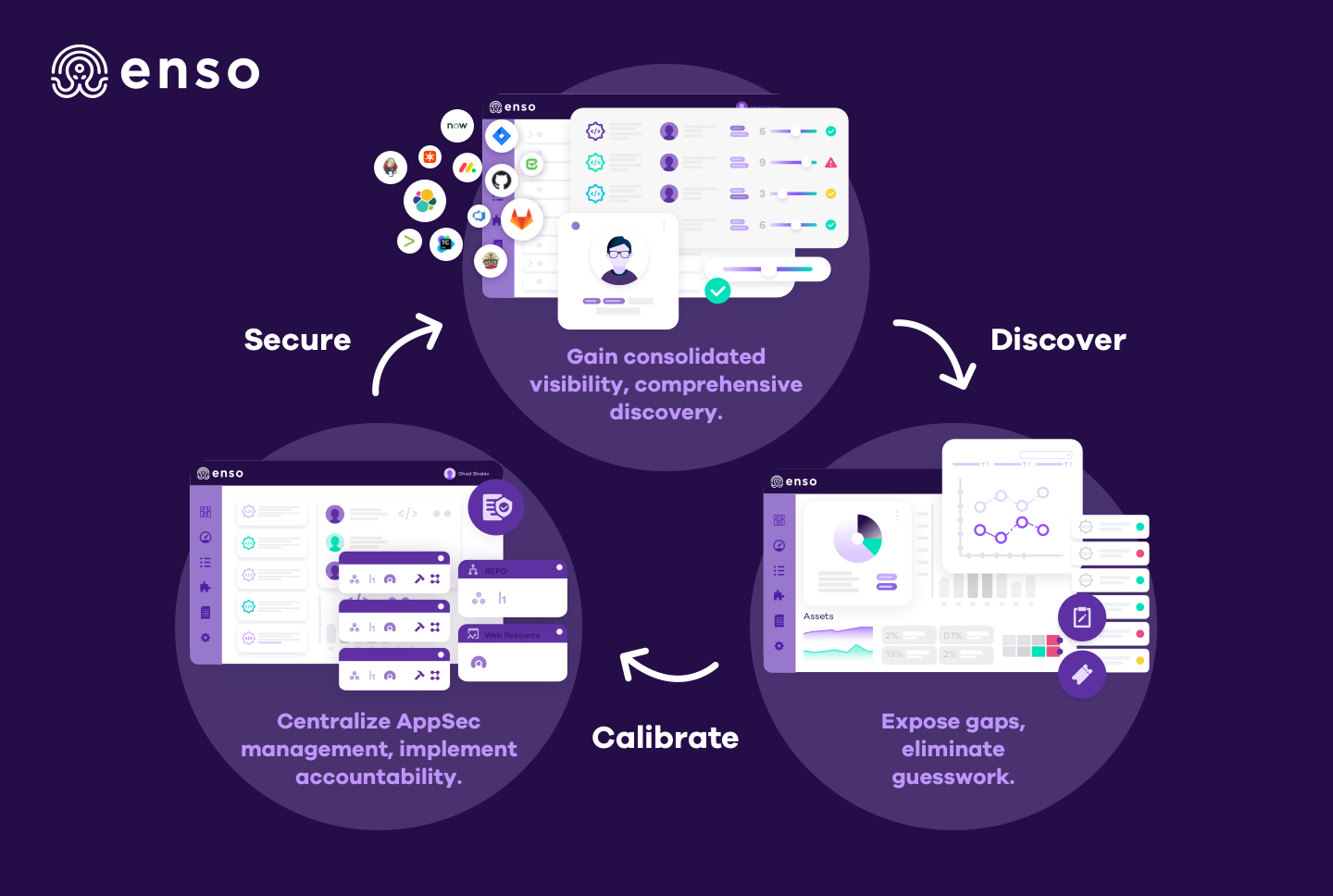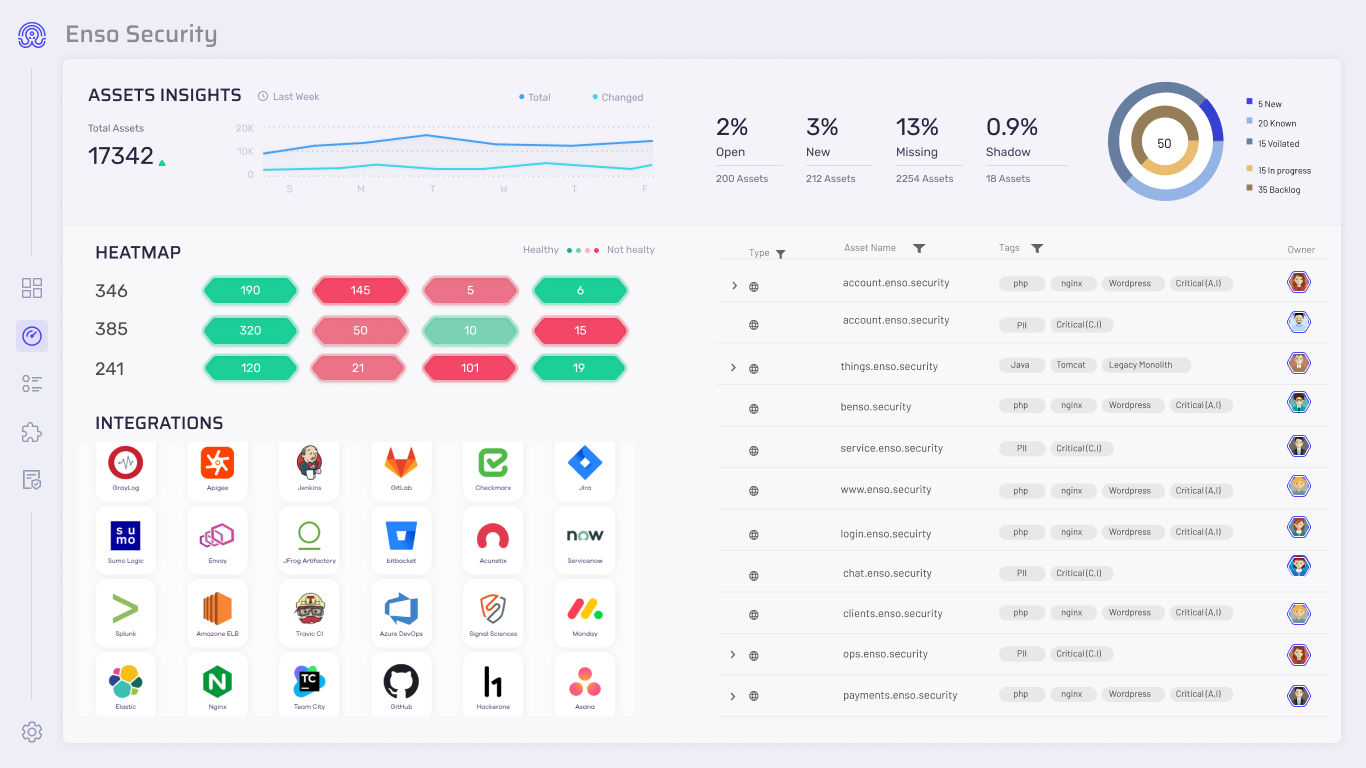- October 28, 2020
- by:
- in: Blog
Thuan Pham, who stepped down as Uber’s chief technology officer and longest-serving top executive in May, has a new job in South Korea. Coupang, the country’s largest e-commerce company by market share, announced today it has hired Pham as its new CTO. For Pham, joining Coupang, a SoftBank-backed unicorn that holds a 24.6% market share
Thuan Pham, who stepped down as Uber’s chief technology officer and longest-serving top executive in May, has a new job in South Korea. Coupang, the country’s largest e-commerce company by market share, announced today it has hired Pham as its new CTO.
For Pham, joining Coupang, a SoftBank-backed unicorn that holds a 24.6% market share in South Korea, the fifth-largest e-commerce in the world, is a departure from his original post-Uber plans. In an interview with Bloomberg after leaving Uber, which Pham joined in 2013, he expressed relief about his decision, describing leading the ride-hailing giant’s technology division as “a very heavy burden.” After leaving, Pham intended to spend his time teaching university students and mentoring entrepreneurs instead of joining another large tech company.
“I thought that there was a slim opportunity that I would take on another operational role again, but the bar for that would have been super high,” Pham told TechCrunch. “It had to be even more interesting than what I did at Uber for me to jump in.”
After meeting Coupang chief executive officer Bom Kim, who founded the company in 2010, however, Pham said he was intrigued by the opportunity to apply his experience at Uber to a company in a different sector.
Coupang is known for its very fast delivery services. These include Dawn Delivery, which drops off packages, including fresh groceries, ordered by midnight at customers’ doors before 7 AM. It is currently available in Seoul, where Coupang is headquartered, and several other cities. Pham said Coupang’s ability to guarantee early morning deliveries was a major hook.
“I thought, holy smokes, this is actually really innovative. Maybe it’s not a technology innovation, but it’s a business innovation, and of course technology has to enable that at scale,” he said.
Pham said he wasn’t interested in working at another ride-sharing company, but “a lot of the concepts are similar” in on-demand e-commerce. For example, both have to route drivers to pick up passengers (or, in Coupang’s case, packages) and drop them off as efficiently as possible, and both need to use dynamic pricing to respond to demand and supply, which Pham said is especially relevant to deliveries of fresh groceries.
“There a lot of challenges that you have to worry about, from the talent perspective, technology perspective, logistics process perspective and so on,” he said. “I figured a lot of things I learned at my previous company could really be applied to help, even though it’s a different domain.”
Despite Coupang’s position as the largest e-commerce player in one of the world’s largest e-commerce markets, Pham said he thinks the company is “still in the very early days.” For example, there are opportunities for building out its logistics infrastructure, inventory and verticals, including its third-party marketplace, which includes warehouse and fulfillment capability for sellers.
Pham, who recently spent five weeks in Seoul before returning home to California, rode along on a night delivery shift to get a feel for how Coupang’s logistics chain works. One thing that impressed him was the density of Seoul, which creates unique challenges and opportunities for on-demand e-commerce companies there.
“We have a few hundred items on the truck and the truck was in a very small radius area. Sometimes we enter an apartment building and we deliver to two or three homes in that building,” he said. “That kind of density is a huge advantage for a logistics company, compared to where I live in the U.S.”
Using tech to address working conditions
After it launched ten years ago, Coupang initially relied on third-party carriers before building a network of in-house fulfillment centers. This included in-house trucks and drivers referred to as “Coupang men” who also served as customer service representatives.
As the company scaled up, however, it began relying more on third-party logistics providers again. Pham said Coupang currently employs tens of thousands of full-time employees for delivery, but also relies on flex workers in order to meet spikes in demand, for example during holidays. This one of the areas where Pham said his experience at Uber can benefit Coupang.
“A bunch of the stuff I worked on and the problem I solved at the previous company is really applicable because everything there was flex,’ said Pham. “But here you have a set of workers who are on-demand, if you will, and how do you make sure that the proper incentives are there? If you have huge demand and not enough capacity, then you have to pay a higher price for people to take those jobs, those routes and those time blocks.”
But for many companies whose business models are built around on-demand services, the convenience for customers can come at a cost for workers. Like Uber and Amazon, Coupang’s working conditions have also come under attack, especially as the COVID-19 pandemic dramatically increased demand for deliveries.
During the pandemic, Coupang has been criticized for not doing enough to prevent infections at two of its logistics centers. Working conditions at it and other logistics companies, including CJ Logistics, came under scrutiny after worker deaths, which labor groups attributed to overwork (in response, a Coupang official told the Korea Times its delivery and distribution center personnel are all limited to working 52-hour weeks).
Pham said that Coupang has spent heavily on COVID-19 safety precautions, including disinfectants, increasing the spacing of goods in its warehouses and using automated systems to track, pick up and pack inventory in order to maintain social distancing.
To improve working conditions for delivery workers, Pham said the company is continuing to hone the algorithms that direct drivers to customers’ addresses.
“I know this firsthand from Uber, that the clearer the routing instruction, the less stress it puts on drivers mentally,” Pham said.
While riding on an overnight route with a delivery driver, for example, he realized there is room for improvement in Coupang’s packet sorting system, so drivers spend less time looking in bins for small packets when they reach their destination.
Pham said that ultimately, he believes Coupang’s technology can give drivers more control over what they do during their shifts, either decreasing their workload or allowing them to perform more deliveries to make more money.







